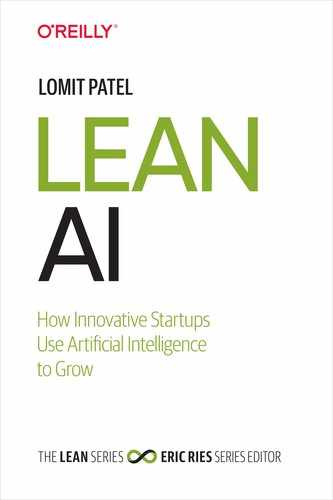Book Description
How can startups successfully scale customer acquisition and revenue growth with a Lean team? Out-of-the-box acquisition solutions from Facebook, Google, and others provide a good start, but the companies that can tailor those solutions to meet their specific needs, objectives, and goals will come out winners. But that hasn’t been an easy task—until now.
With this practical book, author Lomit Patel shows you how to use AI and automation to provide an operational layer atop those acquisition solutions to deliver amazing results for your company. You’ll learn how to adapt, customize, and personalize cross-channel user journeys to help your company attract and retain customers—to usher in the new age of Autonomous Marketing.
- Learn how AI and automation can support the customer acquisition efforts of a Lean Startup
- Dive into Customer Acquisition 3.0, an initiative for gaining and retaining customers
- Explore ways to use AI for marketing purposes
- Understand the key metrics for determining the growth of your startup
- Determine the right strategy to foster user acquisition in your company
- Manage the increased complexity and risk inherent in AI projects
